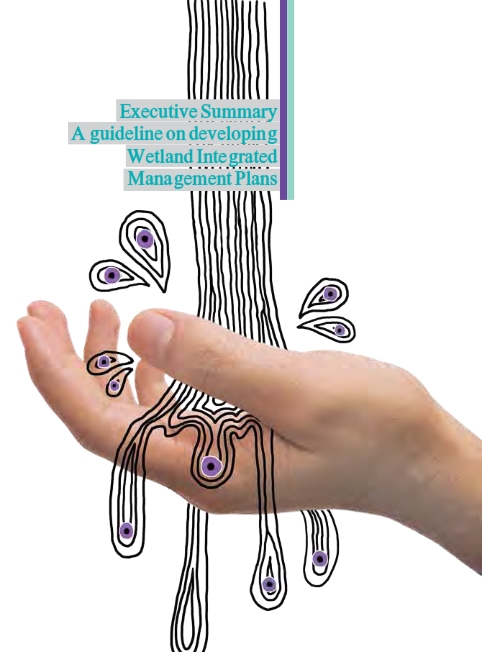
Wetland habitats are one of the most important natural ecosystems on earth, playing a vital role for sustainable development of surrounding communities. The multiple benefits of wetlands put them among the most important and valuable habitats in the world for conserving biodiversity and cultural issues, regulating water quality and quantity and supporting food production. Different climatic zones and special topographic and geological conditions in Iran have caused the formation of different types of wetlands, from mangroves and coral reefs to the vast central plate of salt lakes and the Caspian coastal wetlands. Iran as a unique example contains 41 identified types of wetlands out of 42 recognized globally.
At a global level, the Millennium Ecosystem Assessment A Guideline on Developing Wetland Integrated Management Plans found that in 2005 inland and coastal wetland ecosystems were lost at a rate faster than that of any other ecosystems, and the trend towards loss of wetland resources has not been reversed since then. The primary indirect drivers of this degradation and loss are identified as population growth and change in economic activity; the primary direct drivers of degradation and loss are identified as infrastructure development, land conversion, water use, eutrophication and pollution, overharvesting, overexploitation of wetland resources, climate change and invasive alien species.